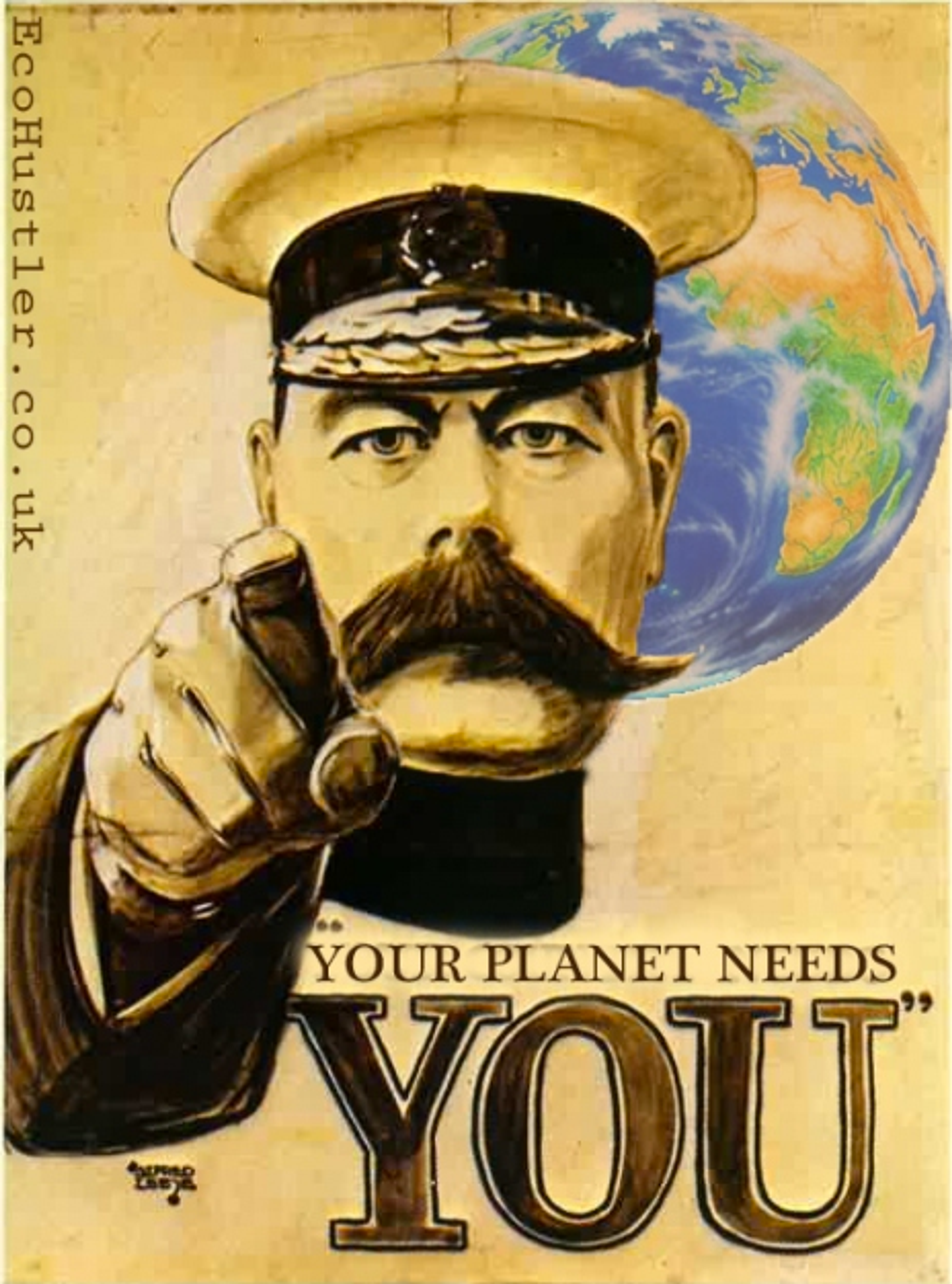And harness the wisdom of crowds and the trajectory of big data to develop predictions of the future
And harness the wisdom of crowds and the trajectory of big data to develop predictions of the future

 Vincent Callebaut Lilypads from The Future We Want
Vincent Callebaut Lilypads from The Future We Want
"We are called to be architects of the future_, _not its victims." - R. Buckminster Fuller  By Professor Nicky Mellen When I think about where the world will be in 10 years, my mind goes blank. I think this is the case for most of us. This is a problem. If we can’t imagine the future, we are powerless before it. At this unique moment in human history, our survival hinges on our ability to foresee and shape the outcomes from our current actions. I would like to build a website to harness the wisdom of crowds and the trajectory of big data to develop predictions of the future. The basic idea would be to make predictions that would be voted for or against. A number of other tools could be added: interdependencies between predictions; growth curves (linear and exponential); intermediate time-frame predictions; and data-driven correction. There are obvious variables whose future value will have direct impact on our survival, or the biosphere’s survival (CO2 emissions, population, food production, mean planetary temperature), as well as others that are less closely followed, but whose impact may also be profound (albedo loss, oceanic pH, changes in oceanic/atmospheric currents, human and animal migration patterns). All of these could be predicted, based on available evidence. The paradox behind the wisdom of crowds is that while individuals are likely to be wrong for a given prediction, the mean prediction is often very close to the actual value. Each of us has ideas about the future; it may be that when we combine these ideas, a more accurate view of the future will emerge. By tracking interdependencies, figuring out how to incorporate new data, and bringing to bear powerful statistical analyses routinely used in economic and climate forecasting, we may be able to identify variables that have been neglected but have strong predictive power and/or effect on the biosphere as a whole. Most importantly, by thinking about the future, and envisioning our future, we may have greater impetus to shape it. How it could work:
By Professor Nicky Mellen When I think about where the world will be in 10 years, my mind goes blank. I think this is the case for most of us. This is a problem. If we can’t imagine the future, we are powerless before it. At this unique moment in human history, our survival hinges on our ability to foresee and shape the outcomes from our current actions. I would like to build a website to harness the wisdom of crowds and the trajectory of big data to develop predictions of the future. The basic idea would be to make predictions that would be voted for or against. A number of other tools could be added: interdependencies between predictions; growth curves (linear and exponential); intermediate time-frame predictions; and data-driven correction. There are obvious variables whose future value will have direct impact on our survival, or the biosphere’s survival (CO2 emissions, population, food production, mean planetary temperature), as well as others that are less closely followed, but whose impact may also be profound (albedo loss, oceanic pH, changes in oceanic/atmospheric currents, human and animal migration patterns). All of these could be predicted, based on available evidence. The paradox behind the wisdom of crowds is that while individuals are likely to be wrong for a given prediction, the mean prediction is often very close to the actual value. Each of us has ideas about the future; it may be that when we combine these ideas, a more accurate view of the future will emerge. By tracking interdependencies, figuring out how to incorporate new data, and bringing to bear powerful statistical analyses routinely used in economic and climate forecasting, we may be able to identify variables that have been neglected but have strong predictive power and/or effect on the biosphere as a whole. Most importantly, by thinking about the future, and envisioning our future, we may have greater impetus to shape it. How it could work:
- Set up the infrastructure for a crowdsource project (hardware, software, basic coding, basic gui)
- Disseminate it in “toy” form to a small pool of testers / developers
- Simplify and trouble-shoot until it is robust and minimally useful/interesting
- Put online, with some kind of mechanism to identify users who have the motivation, technical ability, and time to develop it and build in better functionality
The way I’d attack it is to find a “benefactor” who has already invested in the infrastructure to do 1, and see if they would support early development. This person or group could probably also provide technical support. Finding the small pool of testers / developers will be easy on the tester side, harder on the developer side, but with 25% youth unemployment, there is tons of untapped skill out there. Simplify and trouble-shoot will be a wonderful problem to have. If it gets to that point, it’s on. 4 is where it gets fun. Useful links
- Creation of a Crowdsource Web Application using Open Source Ushahidi platform
- Ushahidi
- The Future We Want
If you want to work with us on this please get in touch
More Catherine Bennett here



